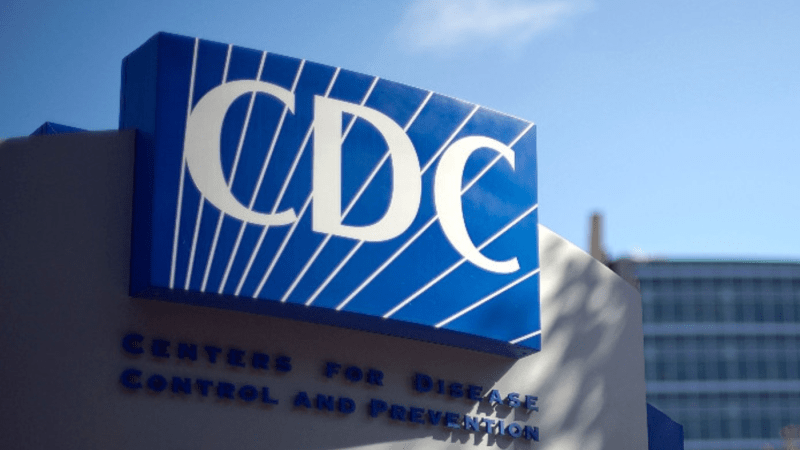SIOUX FALLS, S.D. (KELO) — Cases of an infectious illness that caused the cancelation of a college football have been increasing across the U.S. including in South Dakota.
Cases of whooping cough in the Portland State football team caused the cancelation of Saturday’s game with the University of South Dakota. Whooping cough cases in Multnomah County, where Portland State is located, were increasing earlier this year, according to a June 5 news release from the county. The release said 87 cases of whooping in the Portland area counties of Multnomah, Clackamas and Washington of, compared to only 5 cases the same time last year.
Cases have also been increasing in South Dakota.
South Dakota had 55 cases through Sept. 7 compared to 22 at the same time last year.
Overall, whooping cough cases have increased this year over last year in the U.S., according to the Centers for Disease Control (CDC). As of Sept. 7, there were 13,780 cases in the U.S. compared to 3,339 at the same time last year.
Why is whooping cough increasing?
Dr. Sara Pepper, a pediatrician with the Yankton Medical Clinic, said some reasons for the increase include not getting vaccinated or not getting the booster.
Infants are vaccinated starting at two months and at regular intervals after. A booster is given at 6th grade and then, after the age of 18.
The CDC said some other reasons for increases are: improved recognition of whooping cough by healthcare providers, greater use of lab diagnostics, increased reporting to public health departments and waning immunity from the vaccine.
Is whooping cough dangerous?
“Those most susceptible for hospitalization are our youngest patients, those under 12 months,” Pepper said. “They haven’t gotten their full vaccination yet.”
Within that group, infants two months and younger are the most vulnerable.
People with underlying conditions such as respiratory illness and similar are also more vulnerable than the general population, Pepper said.
Whooping cough can cause pneumonia and other complications.
One danger is the bacterial illness can start with mild symptoms such as runny nose or mild cough. People may not know they have the illness as they are potentially spreading it.
“It can be sneaky,” Pepper said. “It can start like a general viral upper respiratory illness.”
The time between exposure to symptoms can be one to two weeks, Pepper said.
Coughing can advance to more severe coughing fits with a “whoop” at the end of the coughing. That’s the reason why it’s called whooping cough.
Can college be a spreading zone for whooping cough?
Portland State said in a Monday news release that one football player has confirmed whooping cough and several others had symptoms.
Pepper said a college dorm can be a place where whooping cough can spread because people are living close to others.
Historically, college campuses and military bases were sources of outbreaks of meningitis because people were living near each other, Pepper said.
A meningitis vaccine has helped reduce the number of those cases over the past several years, she said.
“(Whooping cough) is a vaccine-preventable illness,” Pepper said. Vaccines and boosters not only protect the individual but also those around them.
A college student in a classroom for example, may not have an infant but someone sitting next to them may have an infant, Pepper said.
Also, a person may not get severe whooping cough symptoms but someone else around them, Pepper said.
What to do if you suspect whooping cough?
Individuals that may have symptoms should isolate and schedule a medical appointment for diagnosis, Pepper said.
“If you have known exposure (such as a college dorm) make an appointment and get tested as soon as possible,” Pepper said.
Whooping cough can be treated with antibiotics, Pepper said.
Pepper said college health is available on most campuses and clinics she is associated with in Yankton and Vermillion have evening or even weekend hours so that college students can use them.


